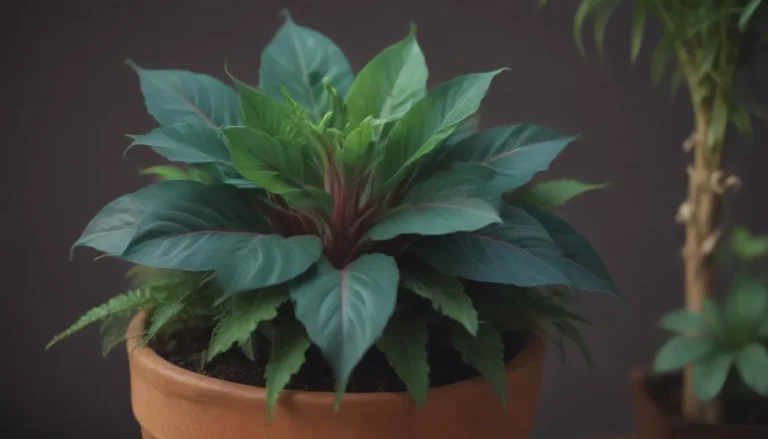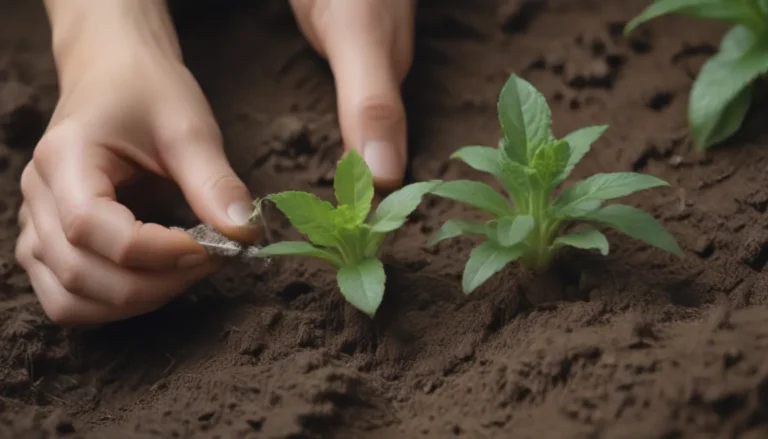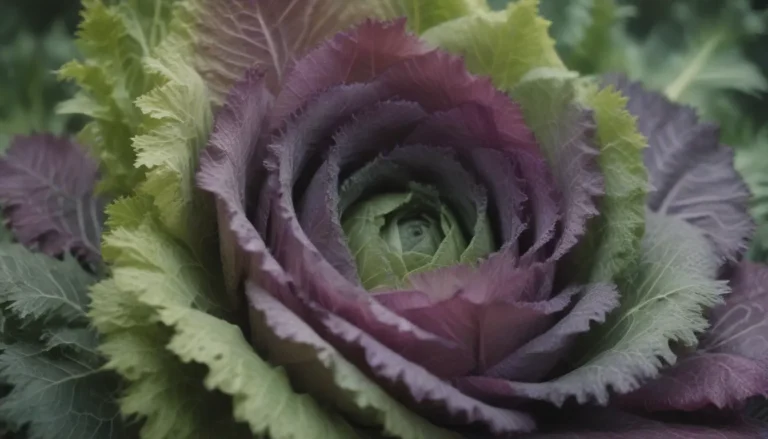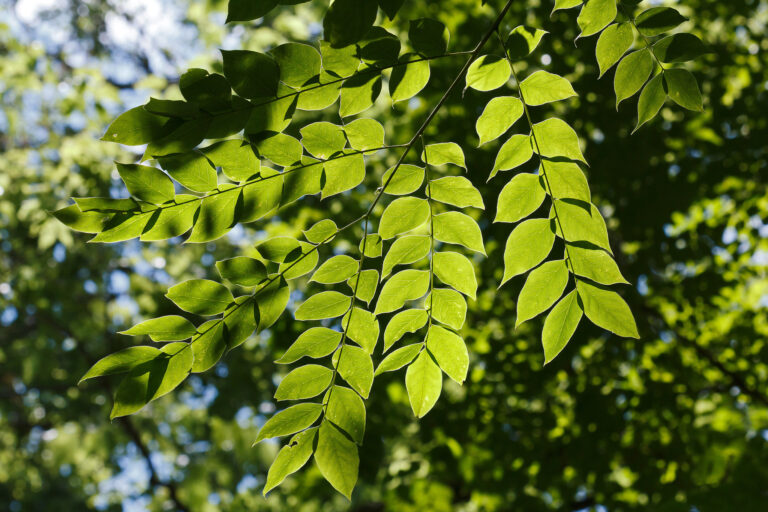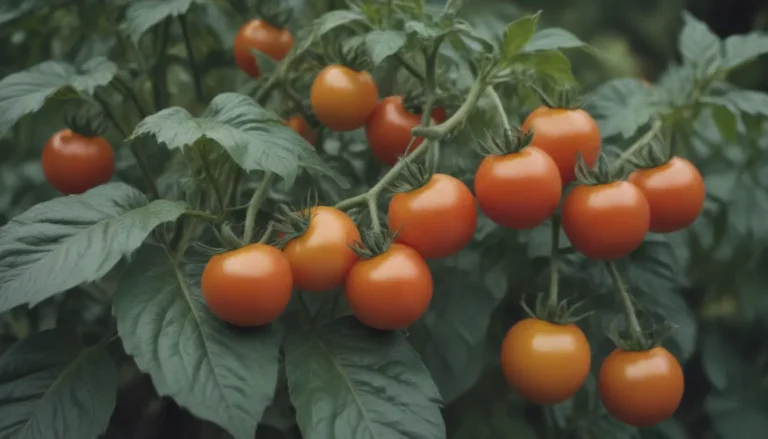The Ultimate Guide to Growing and Caring for Broccoli
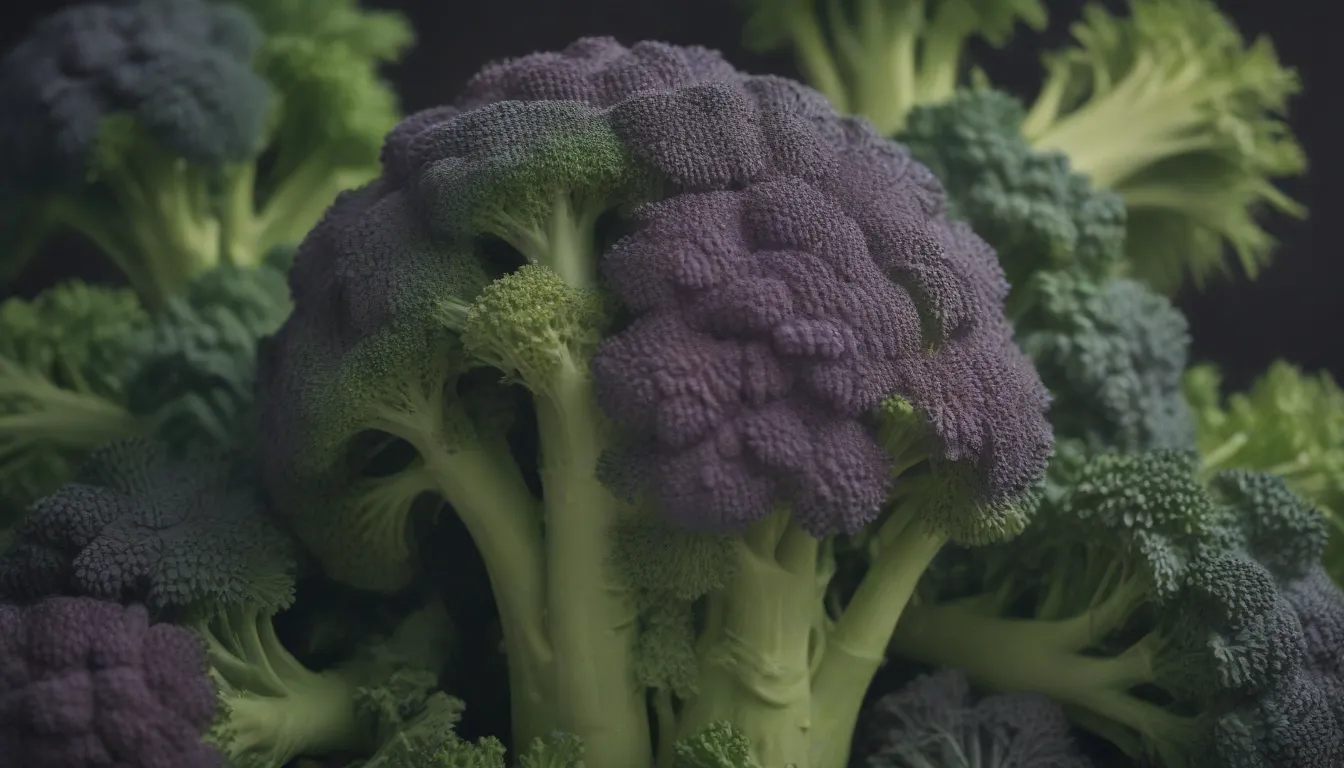
Broccoli, a member of the Brassicaceae family, is a versatile and nutritious vegetable that is easy to grow with the right care. This guide will walk you through everything you need to know to successfully cultivate and nurture your broccoli plants, from planting to harvest and beyond.
Understanding Broccoli: A Brief Overview
Broccoli is a hearty plant with thick stems and large, blue-gray leaves that surround a central flowering head. The part we typically eat is the buds of the broccoli flower, which would eventually bloom into small greenish-yellow flowers if left unharvested. While most broccoli varieties are green, there are also striking purple varieties available.
Broccoli has a moderate growth rate and is typically planted in early to mid-spring for a summer harvest. In warmer climates, a late summer planting can yield a fall harvest.
How to Plant Broccoli
When to Plant
In the spring, plant broccoli seeds outdoors about two to three weeks before your area’s last projected frost date. Alternatively, start seeds indoors six to eight weeks before the last frost for an early start. In the fall, plant seeds in the garden about 85 to 100 days before the first projected fall frost date.
Selecting a Planting Site
Choose a sunny spot with good soil drainage for your broccoli. If you don’t have a suitable garden site, consider container growth. Some good companion plants for broccoli include dill, rosemary, cucumber, and celery. Avoid planting near heavy feeders like asparagus and sweet corn.
Spacing, Depth, and Support
Plant seeds about 1/2 inch deep and a few inches apart, with rows spaced 12 to 20 inches apart. Thin seedlings to 12 to 20 inches apart. Broccoli plants typically do not require support structures.
Broccoli Plant Care Guide
Light
Broccoli thrives in full sun, needing at least six hours of direct sunlight daily. In hot climates, partial shade in the afternoon can prevent bolting, where the plant flowers prematurely and goes to seed.
Soil
Broccoli prefers rich, loamy soil with plenty of organic matter and good drainage. The soil pH should be slightly acidic to neutral for optimal growth.
Water
Keep the soil moist, but avoid overwatering. Water at the base of the plant to prevent rot, and aim for about 1 to 1.5 inches of water per week. Mulch can help retain moisture.
Temperature and Humidity
Broccoli grows best in temperatures between 65 and 70 degrees Fahrenheit. High temperatures above 80 degrees can induce bolting. Humidity is generally not a significant factor, as long as the soil moisture and air circulation are adequate.
Fertilizer
Incorporate compost into the soil before planting, and use an organic, low-nitrogen fertilizer during the growing season. Follow label instructions for proper application to ensure healthy growth.
Pollination
While broccoli is often harvested before it flowers, bees and other insects can still pollinate the flowers if they do bloom.
Types of Broccoli Varieties
There is a wide range of broccoli varieties to choose from, each with its own unique characteristics. Some popular varieties include:
- ‘Calabrese’
- ‘Green Magic’
- ‘Green Goliath’
- ‘Flash’
Broccoli vs. Broccoli Rabe
Broccoli and broccoli rabe, although related, are distinct species. Broccoli rabe, or rapini, has buds similar to broccoli but does not form large dense heads. Instead, it is more leafy, and the stems, leaves, and buds are commonly eaten.
Harvesting Broccoli
Most broccoli varieties are ready for harvest when the heads reach the size of a large fist. Harvest in the morning for the firmest heads, cutting about 6 inches of stalk with angled cuts. Store broccoli in the refrigerator for up to five days or blanch and freeze for long-term storage.
How to Grow Broccoli in Containers
Growing broccoli in containers offers more control over soil conditions and can provide protection from pests. Choose a container at least a foot wide and deep per plant with drainage holes. Unglazed clay containers are ideal for evaporating excess moisture and preventing overwatering.
Pruning and Propagating Broccoli
Pruning is generally unnecessary for broccoli plants, but removing damaged stems promptly can help maintain plant health. To propagate broccoli, save seeds and plant them in suitable conditions to grow new plants easily.
Common Pests and Diseases
Broccoli is susceptible to pests like cabbage loopers, cabbageworms, root maggots, and aphids. Row covers can help prevent infestations. Common diseases include blackleg, black rot, and clubroot, which can be managed by proper growing conditions and rotation.
Final Thoughts on Growing and Caring for Broccoli
Broccoli is a rewarding plant to grow, offering delicious and nutritious harvests with proper care. By following the tips and guidelines provided in this comprehensive guide, you can successfully cultivate broccoli in your garden or containers. Enjoy the process of growing your own fresh produce and savor the flavorful rewards of your labor. Happy gardening!
